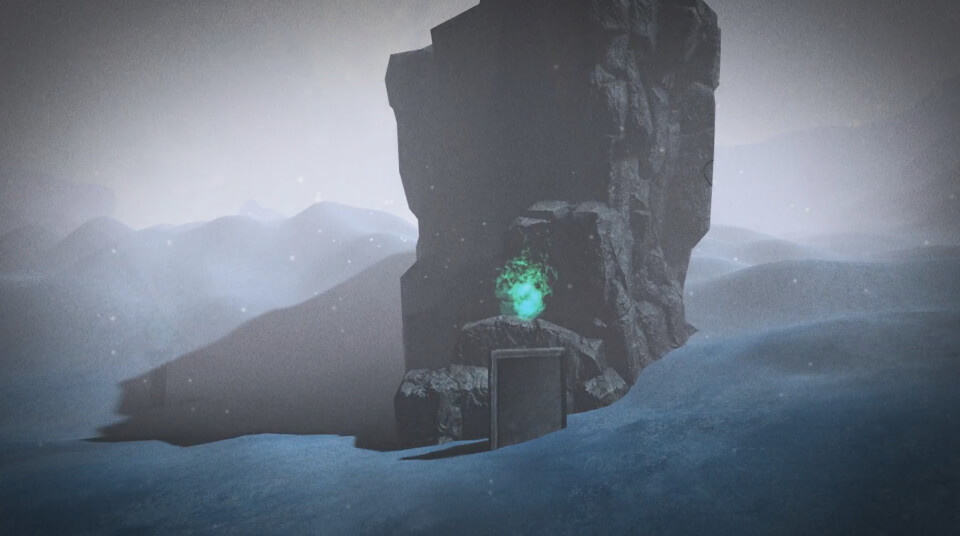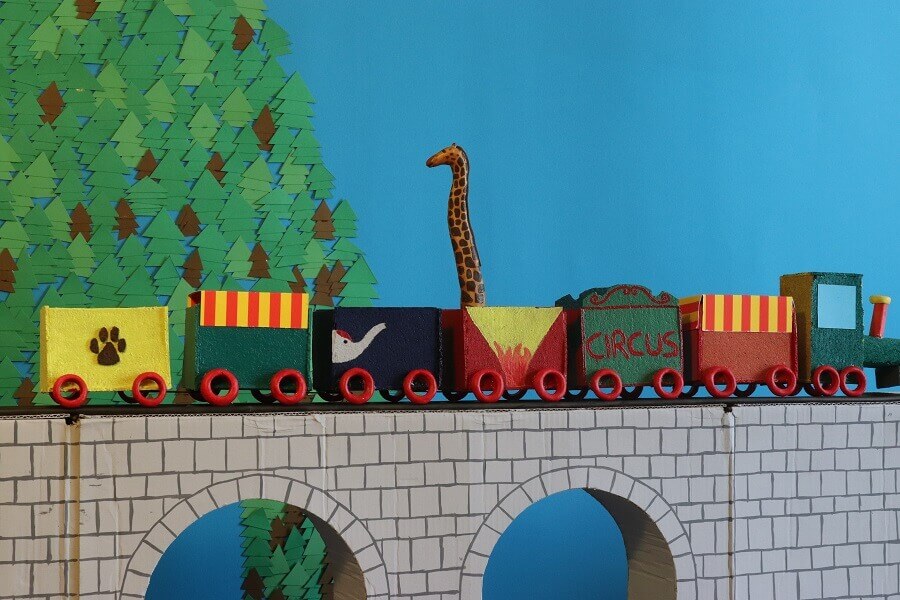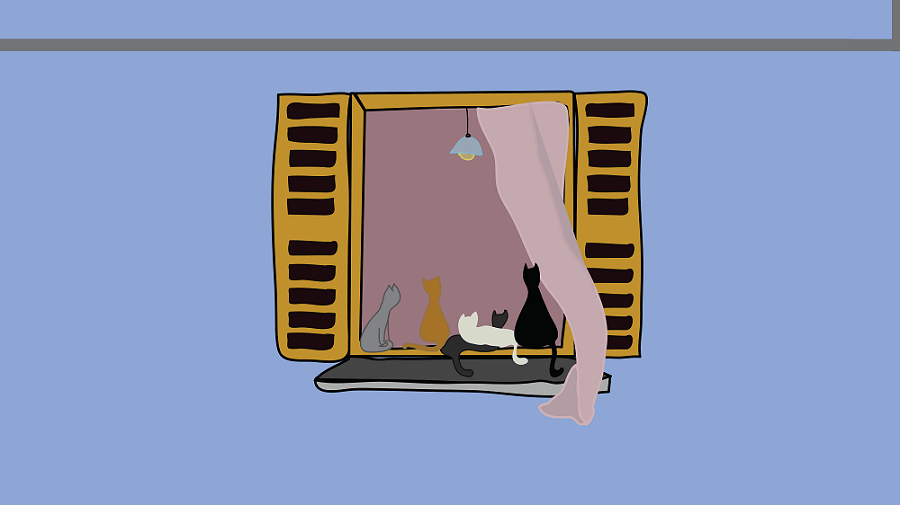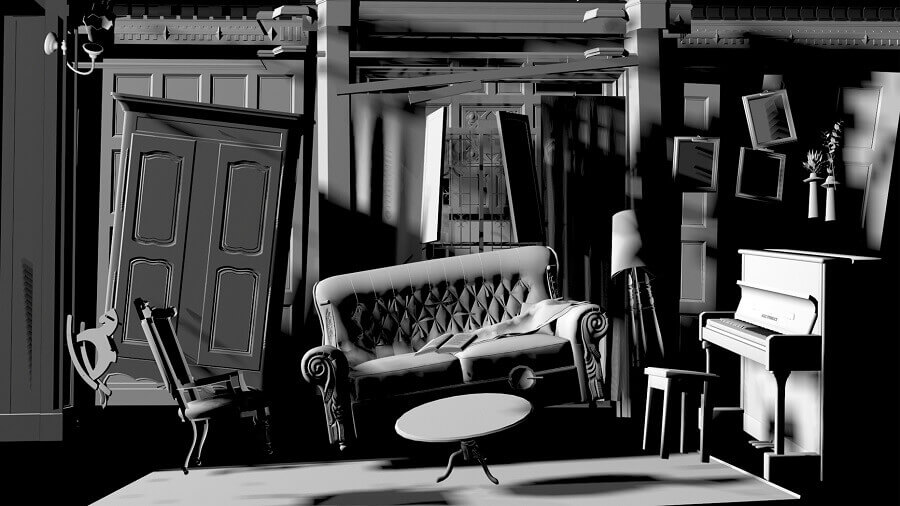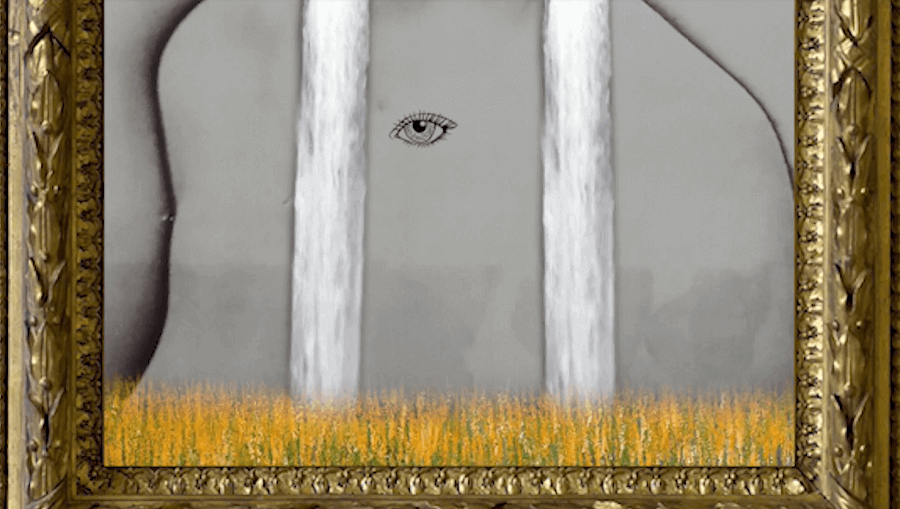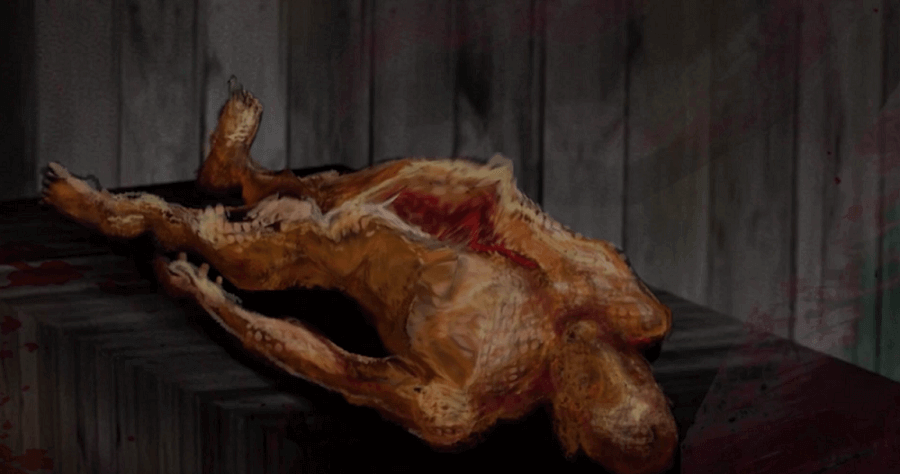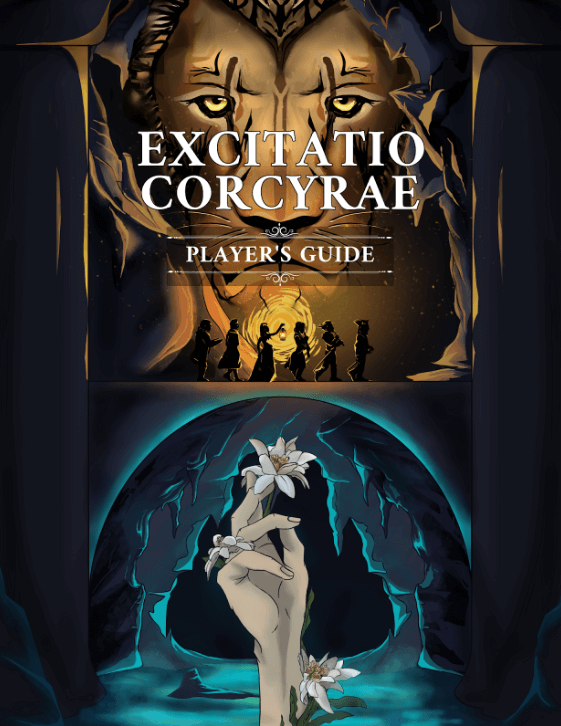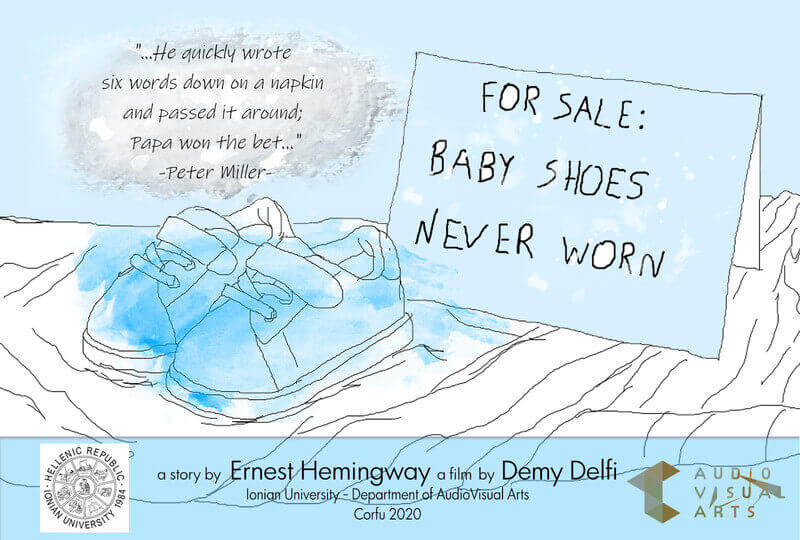Lucid Dream

This project is an attempt to visualize the experience of lucid dreams. Psychologists such as Carl Jung and visual artists such as Salvador Dali believed that dreams are a gateway to exploring the individual and the universe, leading to a better knowledge of oneself. Using cartographic projection of a two-dimensional animation, and referring to the work of Klaus Obermaier and Nobumichi Asai, a body is separated from the soul which tries to escape into the imaginary universe, outside its natural bonds. Only a small part succeeds, thus offering the person the experience of LUCID DREAMS.
Direction, Illustration, 3D Mapping, Edit: Eleana Dimopoulou Actor 1: Orpheus Dimopoulos
Related Works
This is a short film created in a lightbox and inspired by the song ‘Kemal’, written in 1968 by Manos Hatzidakis and lyrics by Nikos Gatsos. The song is about a hero, a guardian, a prince of the East, Kemal. His courage, his hope and valour to change the world depicts the lack of limits. Along with his naivety, the cruel reality of a world that never changes, lead him to his death. This song was written by Manos during his stay in New York. The version used in this film was performed by Mario Frangoulis, from the album “Feggari Erotevmeno”, 1999, Sony Music Entertainment Greece Α.Ε.
Audiovisual work about postmortem punishment as it is depicted in the cultural conscience of the western world, using atmosphere as a narrative tool.
The project is the animation of the fairy tale "The chained elephant". "The Chained Elephant" is one of the stories of psychiatrist Jorge Bukay from his book "Let me tell you a story" which he tells to his client. It refers to a child' s question who notices that a huge circus elephant remains tied to a small stick without trying to free itself and without protesting. The circus elephant remained tied to his tiny stick because "the memory of the weakness he felt shortly after his birth is etched in his memory."
This animation is a short presentation of moments from the lives of the residents of an apartment building. The central theme for the development of the story was to capture the image of some people living in an apartment building. Occupants of a building, people living next to each other and at the same time far away from each other. A situation that prevails in all big cities where the phenomenon of alienation between the inhabitants is very intense, especially in the buildings where they live, made me interested in creating this story.
To tell my story, I choose the windows of the apartments as a place to present the heroes. Windows have always been an element of the house, apart from the door, which connected the outside with the inside. Also, their role in earlier times was to communicate between the inhabitants, as well as many times they were used for pumping "gossip" between neighbours. In recent years these habits are not as strong as they used to be, but they still persist in some small areas, such as on the islands.
Where do memories go when they are lost? Are they still where we left them, if we don’t recall them? In this room, as private and irrevocable as our memory, objects animate a series of scenarios. A memory floods the room, another struggles to disclose itself, another one leaks back and forth in time. The idea of the ‘other’ hovers between what has already passed and what is reminisced every time. We never recollect events and spaces as such. We always enliven recollections in our own way. Through constant evocations that seek to perpetuate the existence of the ‘room’, memories converse with space and time, as well as with a part of ourselves. Either as past, forgetfulness or loss, they always contain something that is already gone.
The animation was made as part of the course digital narration. The animation is about a story of a painting of a woman, it saws how an object that people admire it can capture thoses who see it, how it can become alive and inspire curiosity.
I closed my eyes and images began to flood my mind while hearing a sound. After many visualizations of the images into drawings I chose this narrative.
I chose to emphasize the vortex I was feeling.
It was a spontaneous way to record what I experienced.
Each person through his own sensors experiences the ambience of each condition. It all depends on the self, the internal, the mind, the way of perception, action, perspective.
So my own images, were born from my mind for my mind.
Maybe it is paranoia of the mind and one can emigrate it.
This is the most difficult,
the deconstruction of atmospheres - experiences - memories that contain emotion.
Because emotional paranoias are shadows nourished by repetition and persistence.
They dance as if they are Erinyes of the mind and the body gets to be an eradicated observer.
Between 1920 and 1930 the writer Ernest Hemingway was at a bar in Paris with other artists. When he claimed he could write a story in just six words, everyone in the company made fun of him. Then he made a money bet with them, that he could indeed write a story formed in three sections - beginning, middle and end - in just six words. So, he took a napkin and wrote: "For sale: baby shoes never worn". He definitely won the bet, since his story was complete.



